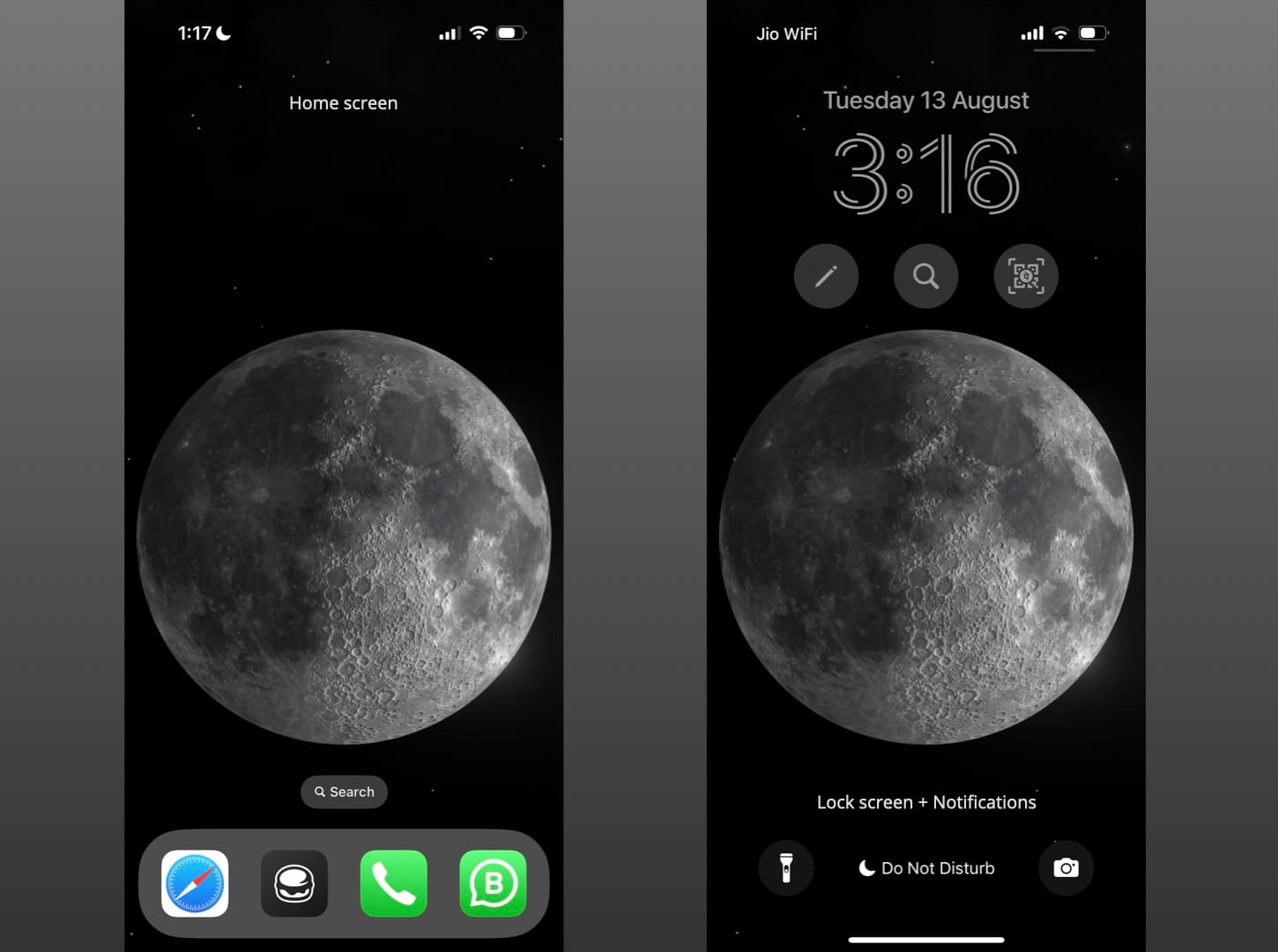A focused phone experience with Archaic Intelligence
I’m sharing with you the simple process I used to customize my phone such that in terms of incentives, it’s now easier to do the things that are good for me versus the things that are better off accessed with some friction.
For any kind of serious work, or even to simply browse the Web, I always prefer my laptop because it’s a superior experience. For curated longform reading, I prefer my Kindle because e-ink displays are amazing. But the phone is the one device that’s always with me. And for good reason. It’s a remarkable slab of technology that can do so many things when time or space is the key constraint. But it’s also the machine engineered to exploit my human vulnerabilities and trick me into doing a thousand things I don’t need.
A modern “smartphone” is a stress-inducing machine that wants to grab my attention all the time. The obvious first move against it is to have a few apps on my phone to begin with—remove everything that only seems like it might be important. Most services have perfectly functional websites. Installing apps for nearly every use case instead would mean I’m giving them increasing opportunities to indulge me. The second aspect of this is to have almost no app pinned on my home screen. Not even the ones I may use frequently.
Next up, I just flat out deny push notification asks from all apps sans communication aspects of critical work and social apps. Even then, sounds, vibrations, and banner pings are all off. The screen turning on when notifications arrive is off too. Notifications simply silently appear and sit on my phone’s locked screen for me to manually check when I do. In fact, email notifications are off as well because a phone isn’t efficient for work-related responses; and emails aren’t generally time-sensitive. Besides, I’m on my laptop most of the time when working, where email notifications are on.
Lastly, as Harrison Broadbent suggested, I’ve enabled Greyscale mode, which makes everything on the phone look less appealing. On iOS, you can do so from Settings > Accessibility > Display & Text size > Color Filters > Greyscale. I left in a tinge of color using the saturation bar so I can still differentiate UI elements based on color. Since this mode can nevertheless be inapt in several cases, like when snapping or viewing photos, I’ve mapped it to the phone’s power button such that triple-clicking it toggles between the greyscale and color modes. This function lies at Settings > Accessibility > Accessibility Shortcut > Color Filters.
So far, all of these controls center around my phone not doing something it shouldn’t. But what about it actually enabling and enhancing things I do want? Now that I have a blank slate, I could place things per my priorities. That brings us to my phone’s minimal but functional home screen and lock screen:

Every element in there specifically invokes actions I desire long-term.
Home screen
- Search & browse the Web
- Read (via RSS instead of social media or news apps)
- Call humans
- Message (with the aforementioned silent notifications)
Lock screen
- Take notes (using Bear)
- Search notes
- Pay via UPI (India’s convenient digital payments system for daily life)
Everything else is either accessible enough via search or with a few swipes and taps. If this means some actions get buried deep under, that’s good.
And that’s how I like my focused phone experience. I call this re-stacking of incentives Archaic Intelligence. I’d love to hear how you’ve gone about manually tailoring your phone to primarily do what you want out of it.